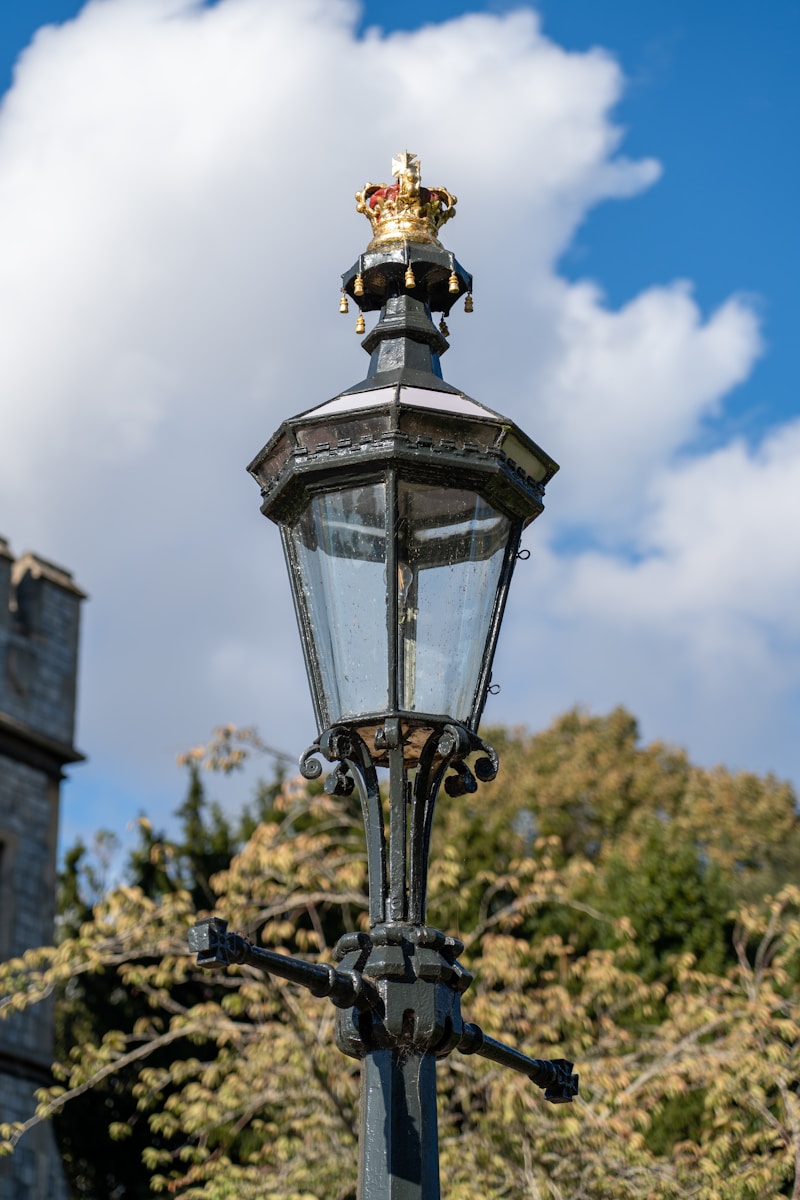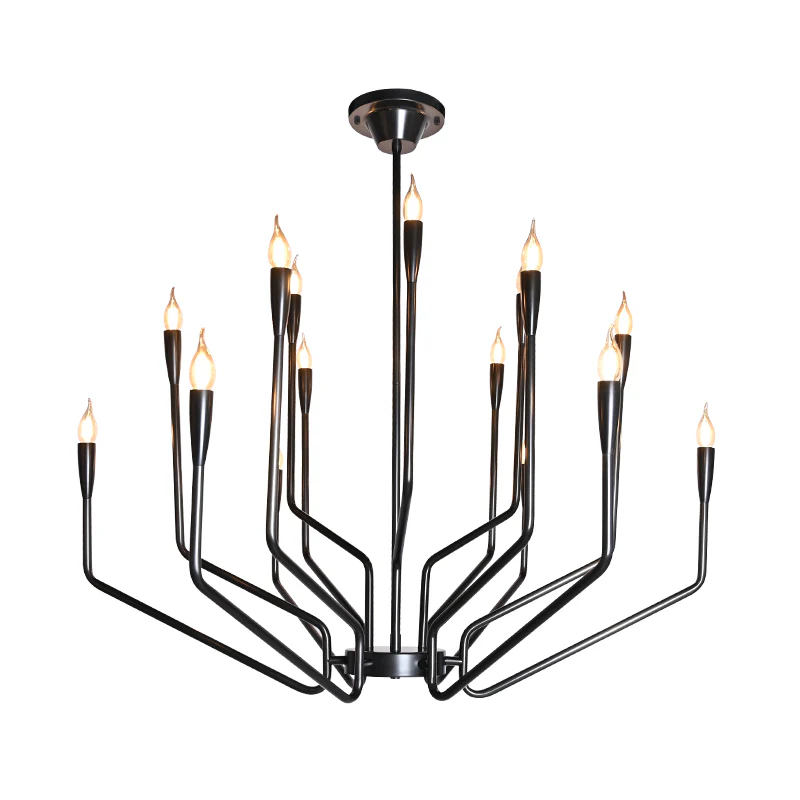Exploring Historical Designs in Lampshades: A Journey Through Time and Style
Exploring Historical Designs in Lampshades: A Journey Through Time and Style
When it comes to Home decor, lampshades may not always receive the spotlight they deserve. However, historical designs in lampshades reveal a fascinating tapestry of culture, art, and innovation that has shaped our living spaces for centuries. In this article, we delve into the rich history of lampshade design, the evolution of materials and styles, and how these elements continue to influence today's decorative choices. From Victorian elegance to Art Deco exuberance, this exploration will illuminate the intricate designs that have adorned lamps throughout history.
The Origins of lampshades
The concept of the lampshade dates back to ancient times. Early civilizations utilized simple covers to protect flames from drafts while diffusing light. As time progressed, various cultures began to incorporate artistic elements into their designs. In the 18th century, with the advent of electrification, the lampshade underwent substantial transformation, becoming not just a functional item but also a decorative statement piece. This transformation marked the beginning of the golden age of lampshade design.
Materials Used in Historical lampshade Designs
The materials employed in lampshade design have evolved dramatically throughout history. Below is a table summarizing common materials used in historical lampshade designs and their characteristics:
| Material | Era | Characteristics |
| Glass | Victorian Era | Intricate patterns and colors; often blown glass. |
| Fabric | Art Nouveau | Natural fabrics like silk, embellished with floral patterns. |
| Paper | 1920s | Used for mass production; included printed designs. |
| Metal | Industrial Revolution | Functional yet decorative, showcasing craftsmanship. |
| Plastic | Modern Era | Affordable and versatile; available in various colors and shapes. |
Victorian Era: Elegance and Intricacy
During the Victorian Era (1837-1901), lampshades became increasingly ornate, reflecting the opulence of the time. People embraced lampshades crafted from sumptuous materials like brocade and silk, showcasing intricate patterns that conveyed wealth and status. The use of colored glass became popular, with Stained Glass Lampshades adorning many homes. Notably, the Tiffany lamp, a luxurious and artistic creation, included beautifully designed shades and was a testament to the era's devotion to craftsmanship and individuality.

Art Nouveau: Nature-Inspired Beauty
The Art Nouveau movement (circa 1890–1910) saw a departure from rigid forms, favoring organic shapes and motifs inspired by nature. lampshades from this era often featured flowing lines, floral designs, and elements of curvature. Designers like Emile Gallé started using techniques like glass overlay and acid etching to create stunning effects. The overall aesthetic was one of harmony with nature, capturing the beauty of the natural world in functional art.
Art Deco: A Bold Transition
As we moved into the Art Deco period (1920s-1930s), lampshades experienced a transformation marked by bold geometric designs and vibrant colors. This style was heavily influenced by advancements in technology and the embrace of modernity. Materials such as chrome, glass, and even bakelite contributed to the distinctive Aesthetics of the time. Lamps became statement pieces, reflecting the Jazz Age's dynamic energy and optimism.
The Influence of Technology on lampshade Designs
The advent of electricity opened new avenues for lampshade design. Manufacturers began to experiment with unique shapes and materials that could withstand heat and enhance lighting efficiency. With options ranging from the extravagant to the minimalist, lampshades became integral to interior design. The interplay between light and shade was carefully considered, as it caused vibrant colors and textures to emerge in new ways.
Modern lampshade Designs: A Blend of History and Innovation
Today, while we are surrounded by contemporary designs, the influence of historical styles persists. Modern lampshades often incorporate elements from the past, melding vintage charm with contemporary sensibilities. Designers frequently blend traditional craftsmanship with current materials, allowing for customization and personalization of Home decor. A well-chosen lampshade can evoke nostalgia while fitting seamlessly into modern interiors.
Tips for Choosing the Right lampshade
When selecting a lampshade, consider the following factors to ensure you make an informed choice:
- Size: Choose a shade that complements the lamp base and fits well within your space. A large lampshade can become a focal point, while a smaller shade may convey subtle elegance.
- Style: Look for a design that resonates with your personal aesthetic and complements your Home decor. Whether you prefer vintage pieces or sleek modern designs, the right lampshade can harmonize your living space.
- Material: Consider the material's characteristics, such as how well it diffuses light, its durability, and its maintenance needs. Each material brings its own unique feel and appearance to the room.
- Color: Color impacts the ambiance of a room. Soft hues provide a mellow feel, while bold colors can energize the space. Choose colors that work well with existing decor.
Conclusion: Embracing the Legacy of Historical lampshade Designs
As we've explored the historical designs in lampshades, it’s clear that each era brought unique contributions to this integral aspect of Home decor. From the elegance of the Victorian Era to the boldness of Art Deco, the evolution of lampshade design Mirrors societal changes, technological advancements, and artistic movements. When selecting lampshades for your space, take inspiration from these rich histories, and don’t hesitate to explore various styles and materials that resonate with your personality. By doing so, your home can reflect not only your taste but also the legacy of art and design that illuminates our lives.
As a final note, always consider the balance between functionality and Aesthetics. A beautiful lampshade should not only enhance the beauty of your interiors but also serve its primary purpose of diffusing light effectively. Happy decorating!
